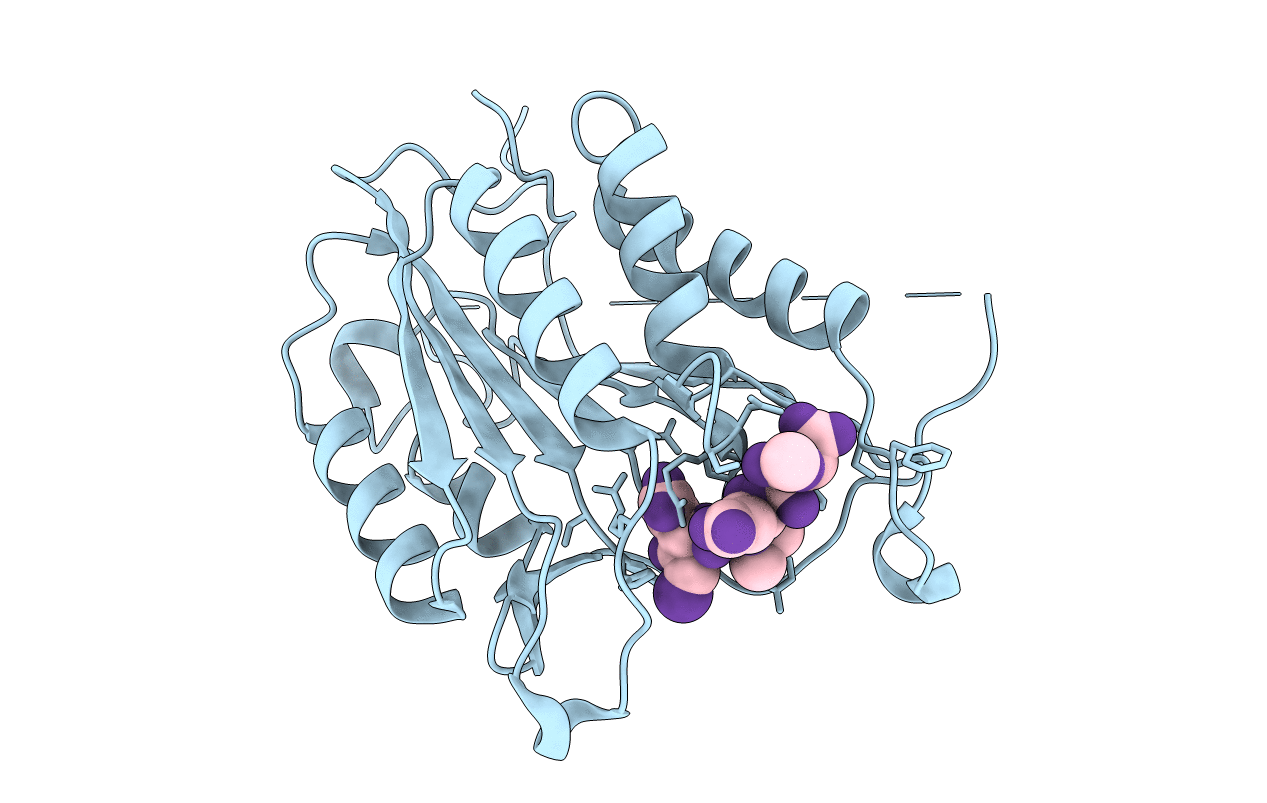
Deposition Date
2012-04-02
Release Date
2012-06-06
Last Version Date
2024-10-16
Entry Detail
PDB ID:
4EHH
Keywords:
Title:
Allosteric Modulation of Caspase-3 through Mutagenesis
Biological Source:
Source Organism:
Homo sapiens (Taxon ID: 9606)
synthetic construct (Taxon ID: 32630)
synthetic construct (Taxon ID: 32630)
Host Organism:
Method Details:
Experimental Method:
Resolution:
1.78 Å
R-Value Free:
0.28
R-Value Work:
0.23
R-Value Observed:
0.24
Space Group:
I 2 2 2


